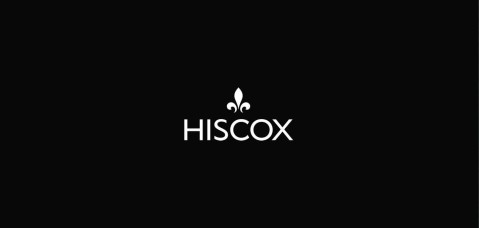Selling reinsurance used to be a relatively straight forward affair. I imagine it must have been similar to the lot of an early car salesman pushing Henry Ford's Model T ("this beautiful automobile comes in any particular shade of black that you like"), in that there's never been much for the buyer to choose from. We've got some catastrophe excess of loss, some risk excess of loss, oh, and some pro-rata all available on a standard form. What do you fancy? And, if you're content as a reinsurer to focus purely on price, then you could say it is still as straightforward as that. If I can do x over y cheaper than my competitors, then I'll (probably) get the signings, especially if it's my renewal line (an interesting concept in itself).
The problem of course is that competing on price alone is unsustainable. A race to the bottom is not a long-term proposition for the traditional market competing with hungry newcomers, ready and willing to deploy capital at ever declining rates, thanks to a lower cost of capital. The challenge laid down is what can we offer that others can't? Where can we add value that others can't?
One of the claims of the so called traditional market is that we declare to be relationship based, long term providers; well, what could strengthen a relationship more than listening to the goals of the buyer and tailoring products to meet them? That in our view is much more beneficial than accepting a 2% share on the x over y that you had no hand in structuring.
Same problems: different conversation
Sitting down with our clients in the last year or so, I've been struck at how our conversations have changed. In the old days (and we're going back as far as 2012 here!) the entire client meeting would probably have revolved around three simple questions: how can we price your exposures, how have they moved over the last 12 months, and, what do your losses look like? It's a bit different now. We'd prefer to find out about what our clients' problems are and then figure out how we can put together a product to tackle those problems.
Take this scenario for example: a conversation we had with a client earlier this year told us about their anxiety due to bad winter storm experience; Polar Vortex anyone? And how now is the time to button down their hurricane exposures. In the middle of the conversation it struck us – we don't have to sell low attaching hurricane cover to these guys in years that they haven't had the bad winter experience. Why don't we make one contingent on the other? Buying for the sake of it makes no sense. Our answer? SECAT (Second Event Cat with Aggregate Trigger) – a product which is a cost effective 'drop down' cat layer. Flipping that logic, why buy additional aggregate protection when you haven't had a Cat in the same year? Yet, in years without a major catastrophe, you have all of your retention dollars and unused reinstatement premium to pay for the attrition and as such, by making one contingent on the other, you are reducing the cost and smoothing the result – remember what reinsurance was supposed to do!?
Selling through our broker distribution
In the past brokers have had sole jurisdiction over programme and solution design. Underwriters were required to price the layers of end product. More recently we have seen energetic collaboration from both sides. In today's environment both jobs require a bit of the other and we realise we can't do this on our own. Our pricing expertise enables our broker partners to get closer to producing more new business. A call from a broker partner this week, recognising our product initiative, asked us if we had been problem solving for those clients who had experienced a good first half year, like many are, and wanted to button the remainder of the year down, perhaps with savings from the original reinsurance budget and reduced spend. Well actually, without giving the game away.
A new product can be a twist on an old one
We're not always talking revolution here. A new product can just be a twist on an old theme. It can simply be different structures that fit buyers' concerns of today rather than exposures shoe horned into the traditional x over y equation of yesteryear. Historically we've done it as an industry before: think CWIL (County Weighted Industry Loss) and CATCo - these weren't completely new products but based on extremely successful packaging and branding of existing ideas to attract new capital. RAP, our Risk Aggregate Protection product is nothing new in Cuthbert Heath stakes. However the fact we have actively marketed it to clients and brokers, demonstrated our rating methodology and flexed the bespoke 'per client' nature of it, is a new approach.
Of course, we understand that for all the product ideas in the world we will always come across some buyers wanting to go cheap and that's fine too. But we don't want to just fight on price and believe that by using our broad historical experience and technical pricing expertise, we offer our core group of clients far more value through this approach now that researching, developing and selling new products is now part of our DNA.
It was Steve Jobs who said; "Our belief was that if we kept putting great products in front of [customers], they would continue to open their wallets." If we want our customers to keep paying us, then we'll need to keep doing exactly that.
Ross Nottingham is Senior Vice President, Underwriting for Hiscox Re
For information follow Hiscoxre.com




